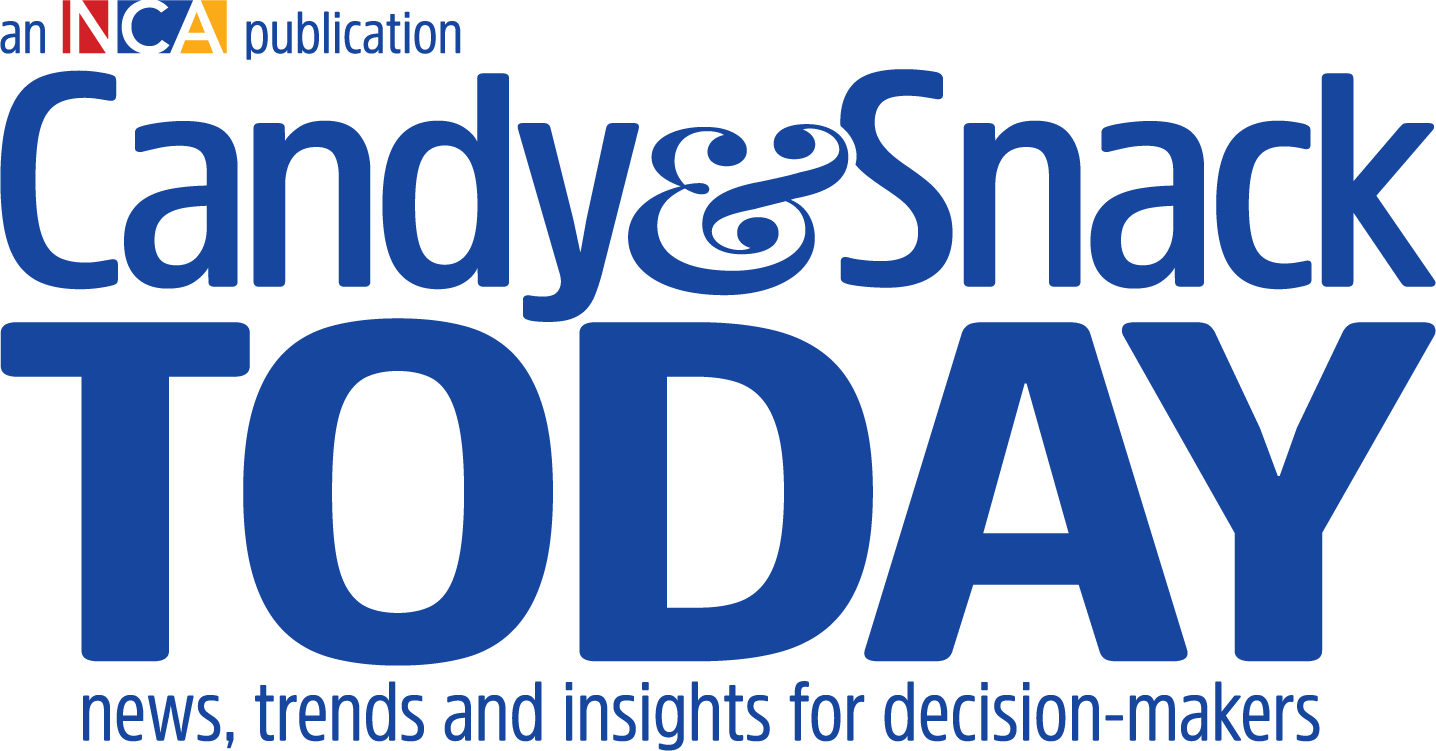Kantar Group’s Leigh O’Donnell looks at the prospect of GLP-1 drugs modifying purchase decisions for consumers.
Washington — The CPG industry, particularly snack and candy manufacturers, have long thrived on unplanned purchases. Whether it be a treat, a reward, a hunger stopgap, an emotional plug, or just for fun, snacks are a quick and convenient alternative to a full meal.
Manufacturers, retailers, and restaurants have worked together to provide what consumers have ostensibly asked for: taste, convenience, portability, and nutrition. Importantly, those products have been made so they are at the ready for a hungry, thirsty, spontaneous shopper. It’s both impressive and mindboggling when you consider the amount of time, space, and expense that retail and foodservice devote to unplanned food purchases.
Check lane candy, single-serve snacks, chilled food and drinks, prepared and hot foods at convenience stores, and so on are all in service of the convenience principle: to consume immediately. And the riot of color and flavor explosion cues are working to grab attention and drive appeal and differentiation.
But what if that consumer doesn’t need to make a quick stop on the way home for a snack? What if they don’t need a pick-me-up to go with their coffee? What if there’s not a need for a snack between meals? What if there’s a break in habit formed, cravings and eating patterns? What if there’s just less urgency for the drive-thru? Or the soda fountain? What if the focus is on nutritional value over flavor or convenient packaging? What if their impulse level is simply . . . dialed back? All driven by the growing use of Glucagon-like peptide-1 (GLP-1) drugs.
How Do GLP-1 Drugs Work?
GLP-1 receptor agonists are a class of medications initially developed for the treatment of type 2 diabetes, mimicking the body’s natural sugar control functions. The drugs slow digestion and increase feelings of fullness, which has had a secondary effect: weight loss. This isn’t the diet drugs of years past: GLP-1 formulations impact the brain differently and are showing positive results in research not simply for appetite suppression but also for quitting smoking, addiction treatment, and other behavior-driven conditions. Its effect, therefore, quiets cravings for food and beyond. This mechanism is where the potential disruption to the CPG industry lies.
How To Win When Impulse Wanes
The impact of GLP-1 drugs on immediate consumption products could be significant, but it’s one of many opportunities for CPG companies to adapt and innovate. Here are a few strategies to consider:
Reframing For Nutrition: GLP-1s are one of many headwinds CPG has faced in recent years — from carb-consciousness to inflation to ultra-processed foods concerns. Even though GLP-1 users do have distinct needs from other food types, it’s likely some of the better-for-you strategies being developed have likely resonance with this user group. Whether it’s a full overhaul or a message retooling, there’s opportunity.
Quality Over Quantity: In a world where volume and unplanned purchases might both be at risk, focusing on a ‘less-is-more’ premium or high-value experience can be a winning strategy. Consumers may be more willing to spend on a truly indulgent treat that they savor. In Kantar’s GLP-1 research, 75 percent of current GLP-1 users agreed, “even when sticking to a healthy diet, it’s important to indulge in treats sometimes.”
Education Over Impulsivity: GLP-1 users have a lot to learn once on the drug — more than 90 percent enact some kind of food changes, and about two-thirds have side effects; digestive is the most common. As a result, GLP-1 users are extremely open to learning about new products and brands that will work in tandem with their new lifestyle.
Plan To Plan Ahead: GLP-1 users are doing less out-of-home eating and more meal prepping and scratch cooking. Instead of hoping for a pickup on an incremental trip to the convenience store or fast-food outlet, the question might instead be — how can I get into the GLP-1 user’s lunch bag? When queried on innovation desires, 63 percent wanted an item that could be eaten as a snack instead of a meal, and interest was evenly split between sweet and savory.
What’s Next?
Given reductions in spend and calories from GLP-1 users, a smart, tailored strategy to help consumers succeed in their new lifestyle is an important part of strategic decision-making. For CPG manufacturers of grab-and-go foods, this potential shift presents a significant challenge. If consumers are less likely to experience cravings and act on impulse, traditional marketing and sales strategies might become less effective. If companies can rethink their approach to product development, marketing, and distribution, they can turn this challenge into a significant opportunity.






